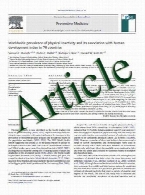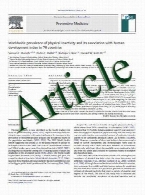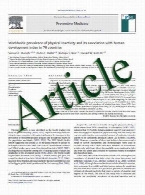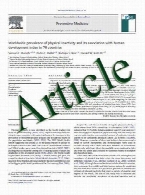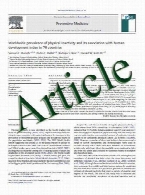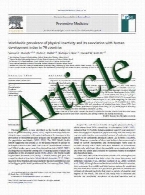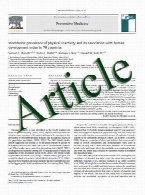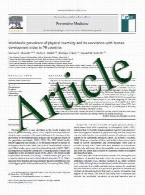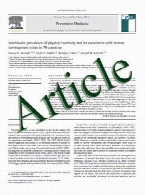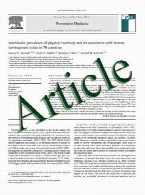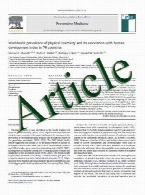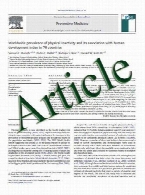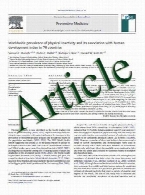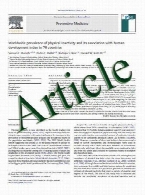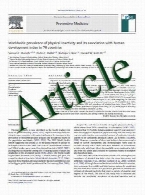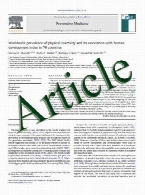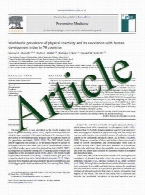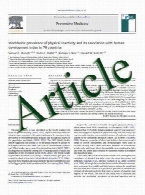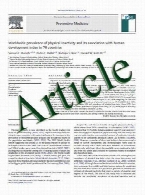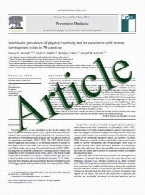

Interpeduncular arachnoid cysts ...
Objective Arachnoid cysts occupying the suprasellar region comprise 10–15% of intracranial distribution. Unlike large suprasellar cysts, pure interp ...
Frameless stereotactic endoscop ...
indicated in a small subgroup of patients with medically intractable seizures. There are several conventional techniques for implantation of hippoca ...
Neurenteric cyst: an unusual ca ...
nervous system compression. Pediatric intracranial cysts are even less common. Case study We describe the presentation, imaging features, surgical ...
Tailored resections for intract ...
Objective A single-center experience with pediatric patients who underwent surgery for intractable rolandic epilepsy was reviewed with the aim of id ...
Huge hydrocephalus: definition, ...
numerous socioeconomic problems may make the parents leave hydrocephalic children untreated, leading to progressive hydrocephalus and eventual unor ...
Modified bilateral subtemporal ...
Purpose Slit ventricle syndrome (SVS) remains a major problem for early shunted children. Several conservative and surgical treatment paradigms have ...
The relationship between basal ...
Purpose Although intracranial pressure (ICP) monitoring is a cornerstone of care for severe traumatic brain injury (TBI), the indications for ICP mo ...
The effect of age on arterioven ...
Objective Arteriovenous malformations (AVMs) are the most frequently encountered structural cause of spontaneous intracerebral hemorrhage in childho ...
Can using a peel-away sheath in ...
Purpose Shunt obstruction is the most common shunt complication. In 2003, Kehler et al. used peel-away sheath while implanting the ventricular cathe ...
Near-infrared camera for intrav ...
Purpose Bleeding is the most important problem in neuroendoscopic procedures. The visibility of the bleeding point for a long period of time is very ...
Solitary infantile myofibromato ...
Infantile myofibromatosis is a mesenchymal disorder of early childhood characterized by the formation of tumors in the skin, muscle, viscera, bone, ...
Vagus nerve stimulation: effect ...
Purpose We discuss the effectiveness, tolerability, and safety of vagus nerve stimulation (VNS) as adjunctive therapy in 26 patients with refractory ...
Endoscopic third ventriculostom ...
endoscopic third ventriculostomy (ETV) in the treatment of hydrocephalus in children under 1 year of age. The authors analyzed data of ETV in their ...
Unique challenges faced by pedi ...
Introduction At the turn of the twentieth century, diagnosis of pediatric intracranial lesions frequently relied exclusively on the subtle, nonspeci ...
Natural history and progression ...
moyamoya disease (MMD) were reviewed to analyze the natural history and the predictive factors for progression to bilateral MMD. Methods Forty out ...
Individualized ventricular acce ...
Purpose Recently, many surgical techniques are applied to accurate ventricular catheterization. However, there are still some limitations in utilizi ...
Radiation-induced tumors in chi ...
Background Radiation-induced tumors (RIT) are increasingly recognized as delayed complications of brain irradiation during childhood. However, the t ...
Expanded endonasal endoscopic a ...
Aneurysmal bone cysts (ABCs) are uncommon non-neoplastic, hemorrhagic, and expansile osseous lesions. These lesions most commonly occur in the first ...
Tourette syndrome and excitator ...
Background and purpose The objective of this study is to investigate the relationship between excitatory substances by testing the urine in children ...
Split calvarial bone grafting i ...
Purpose The material of choice for filling cranial defects is autologous split calvarial bone. Up to now, the thin calvarial bone and lack of diploi ...
Endoscopic third ventriculostom ...
Object This study compares endoscopic third ventriculostomy (ETV) and ventriculoperitoneal shunt (VPS) in the treatment of pediatric patients with m ...
Life-saving decompressive crani ...
Purpose Diabetic ketoacidosis (DKA), a well-known complication of diabetes mellitus, is associated with severe diffuse cerebral edema leading to bra ...
Children with tethered cord syn ...
Purpose The term “tethered cord syndrome” (TCS) illustrates, according to the literature, both a separate diagnosis, as well as a combination of sym ...
Analysis of endoscopic third ve ...
Purpose The aim of the study is to evaluate the efficiency of turbo spin-echo (TSE), three-dimensional constructive interference in the steady state ...
Chemical priming for spinal cor ...
Introduction There are significant differences between the propensity of neural regeneration between the central and peripheral nervous systems. Ma ...

